Special Report
The First 8 Vehicles That Stopped Production When the UAW Called for Strike

Published:
Last Updated:

For the first time in history, U.S. autoworkers have initiated on September 15 this year a targeted strike aimed at the Big Three automakers, General Motors, Ford, and Chrysler-owner Stellantis. (Hollywood writers are also striking. Here are the most significant strikes in Hollywood history.)
On Sept. 14, nearly one in 10 of about 150,000 United Auto Workers members walked off assembly lines at three plants, one from each company — in Missouri, Michigan, and Ohio. Four days later, Ford and GM idled 2,600 workers after the strike interrupted operations at plants in Michigan and Kansas.
A week into the strike, the UAW announced that some progress had been made in negotiations with Ford. But the union followed up on its threat to expand the strike on Sept. 22 by targeting 38 parts distributors owned by GM and Stellantis in 20 states, adding another 5,600 workers to the picket lines.
The UAW initially demanded a 40% pay hike over the next four years, including an immediate 20% raise, citing the gigantic disparity between CEO pay and worker pay increases since the last contract in 2019.
The UAW has since lowered its pay-raise demand to 36%, but it is still well over the proposal by the auto companies of a 20% increase over four-and-a-half years, including an immediate 10% pay hike, Reuters reported.
The union is also asking for increases to the cost-of-living adjustment, or COLA, and protections against job losses linked to the impact of the transition to electric vehicles, a costly shift for automakers but one assisted by government tax credits. Electric vehicles are simpler to assemble.
24/7 Wall St. reviewed the vehicles produced at the first three assembly plants affected. The strike so far targeted relatively low-sales assembly plants. We included annual units sold for each vehicle, from Automotive sales data website Car Figures and manufacturers’ suggested retail price figures from the manufacturer’s websites.
For the time being, the work stoppage interrupted production of eight vehicle models: four pickup trucks, two SUVs, and two vans, including the Bronco SUV that was re-introduced by Ford in 2021, the Chevrolet Colorado midsize pickup truck, and the Jeep Wrangler. (Conversely, this is the best selling car in America.)
The manufacturers’ suggested retail price for these vehicles ranges from $29,200 for the Chevrolet Colorado to $39,895 for the GMC Savana passenger van. The MSRP is for the base price without options, excluding other fees, and may be different from what dealers charge.
Here are the eight vehicle models made by factories that are currently on strike.
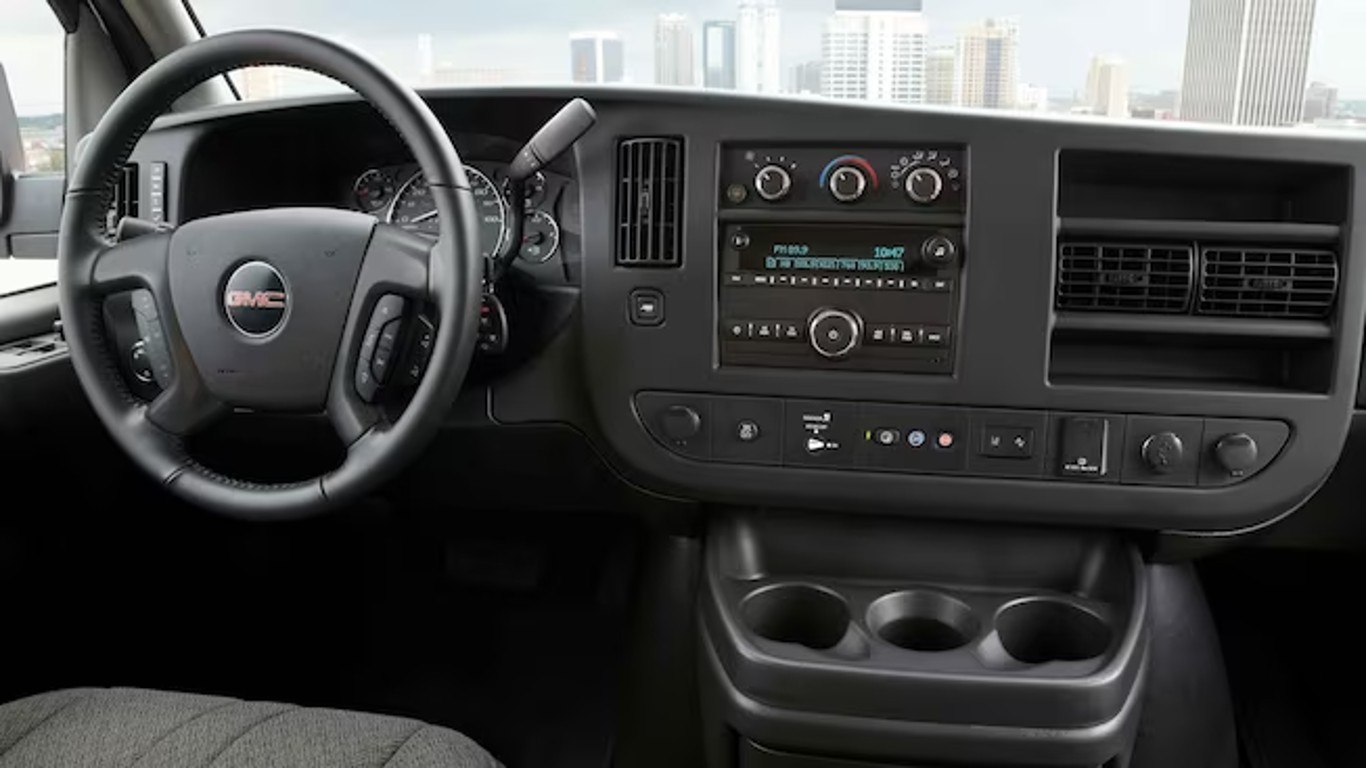
8. GMC Savana
> MSRP: $39,895
> Annual units sold: 25,569 in 2022
> Assembly plant: Wentzville, Missouri assembly plant
> Company: General Motors
[in-text-ad]
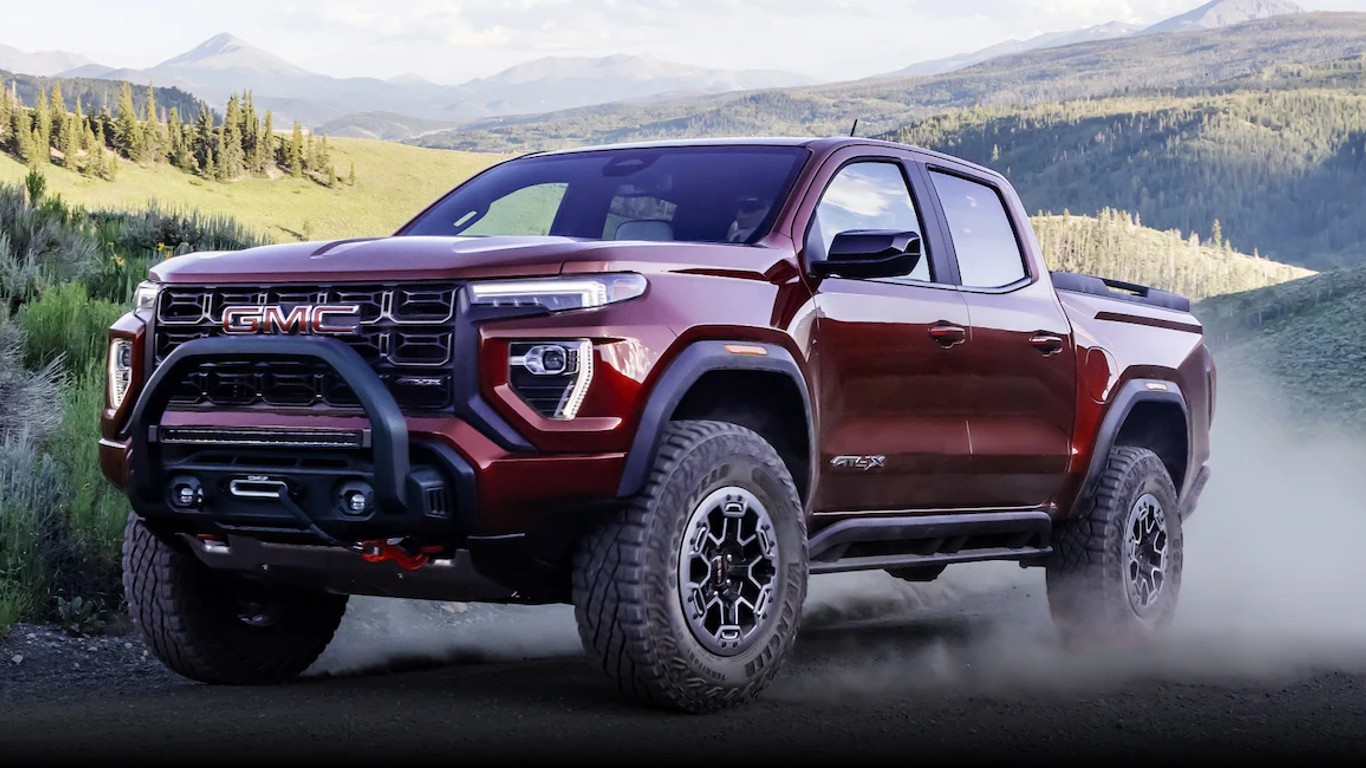
7. GMC Canyon
> MSRP: $36,900
> Annual units sold: 27,821 in 2022
> Assembly plant: Wentzville, Missouri assembly plant
> Company: General Motors
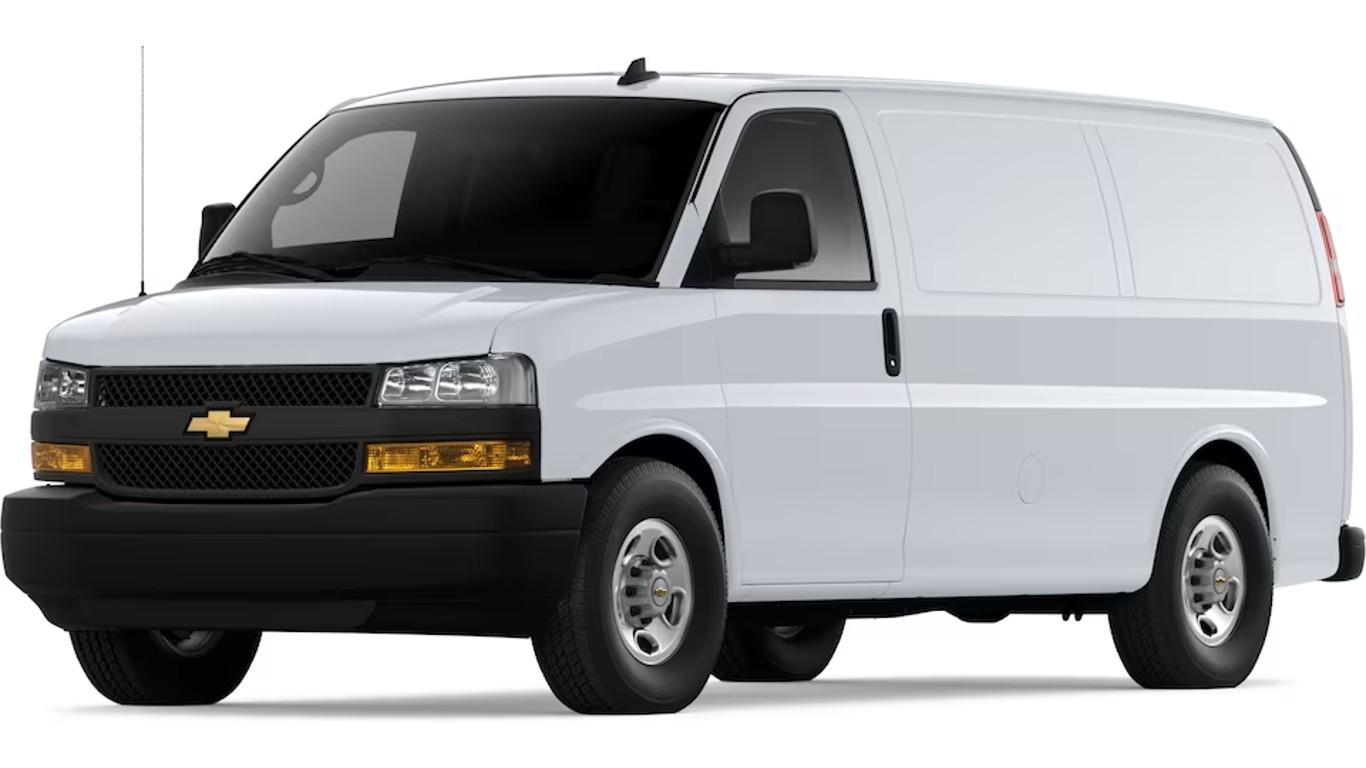
6. Chevrolet Express
> MSRP: $38,100
> Annual units sold: 52,796 in 2022
> Assembly plant: Wentzville, Missouri assembly plant
> Company: General Motors
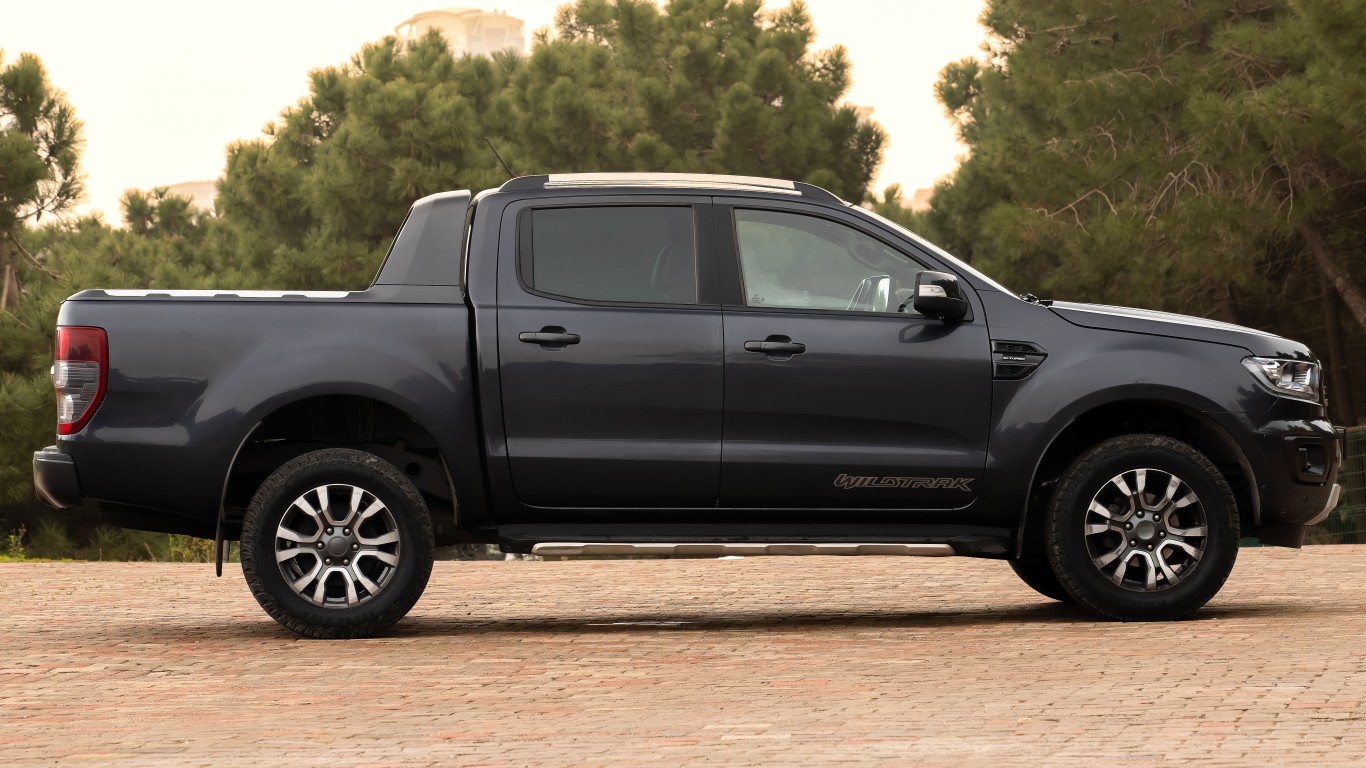
5. Ford Ranger
> MSRP: $32,565
> Annual units sold: 56,987 in 2022
> Assembly plant: Wayne, Michigan assembly plant, excluding stamping plant
> Company: Ford
[in-text-ad-2]
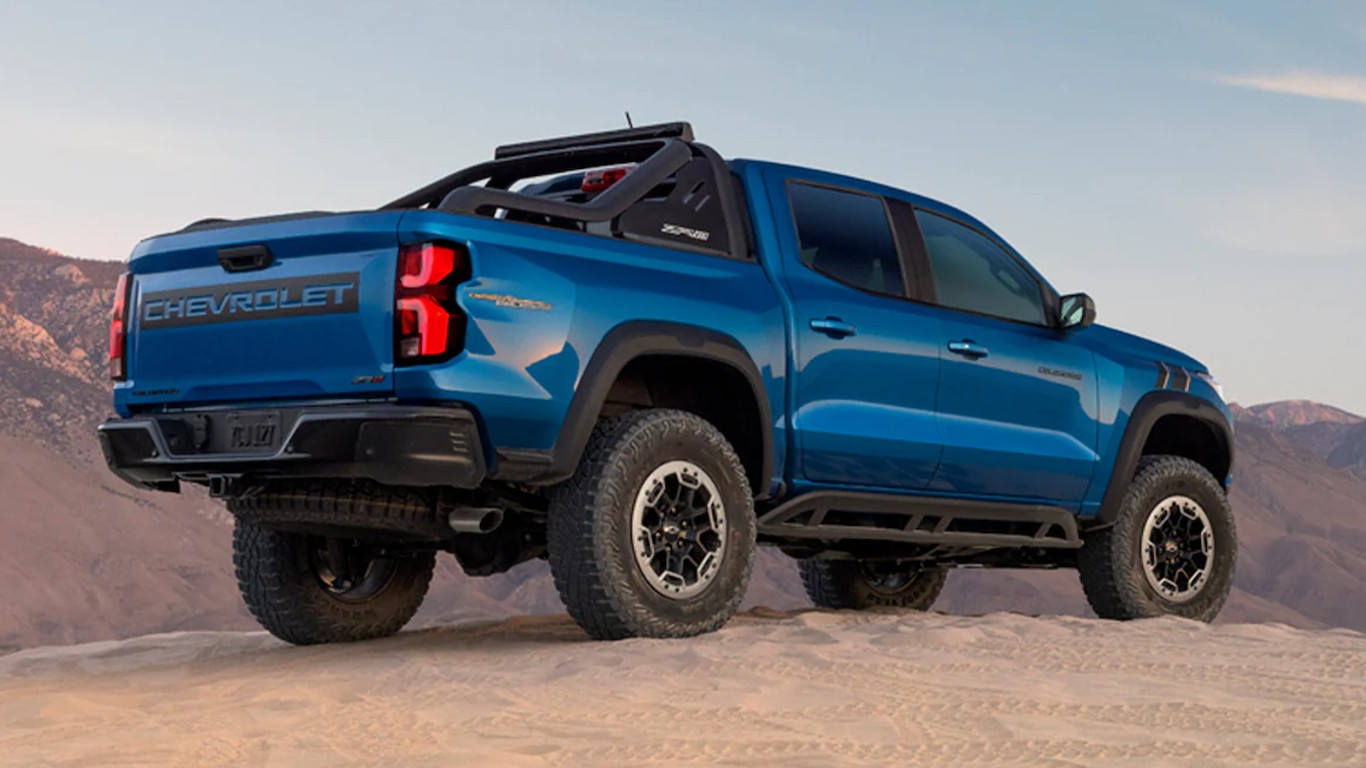
4. Chevrolet Colorado
> MSRP: $29,200
> Annual units sold: 89,197 in 2022
> Assembly plant: Wentzville, Missouri assembly plant
> Company: General Motors

3. Bronco
> MSRP: $39,130
> Annual units sold: 99,547 in 2022
> Assembly plant: Wayne, Michigan assembly plant, excluding stamping plant
> Company: Ford
[in-text-ad]
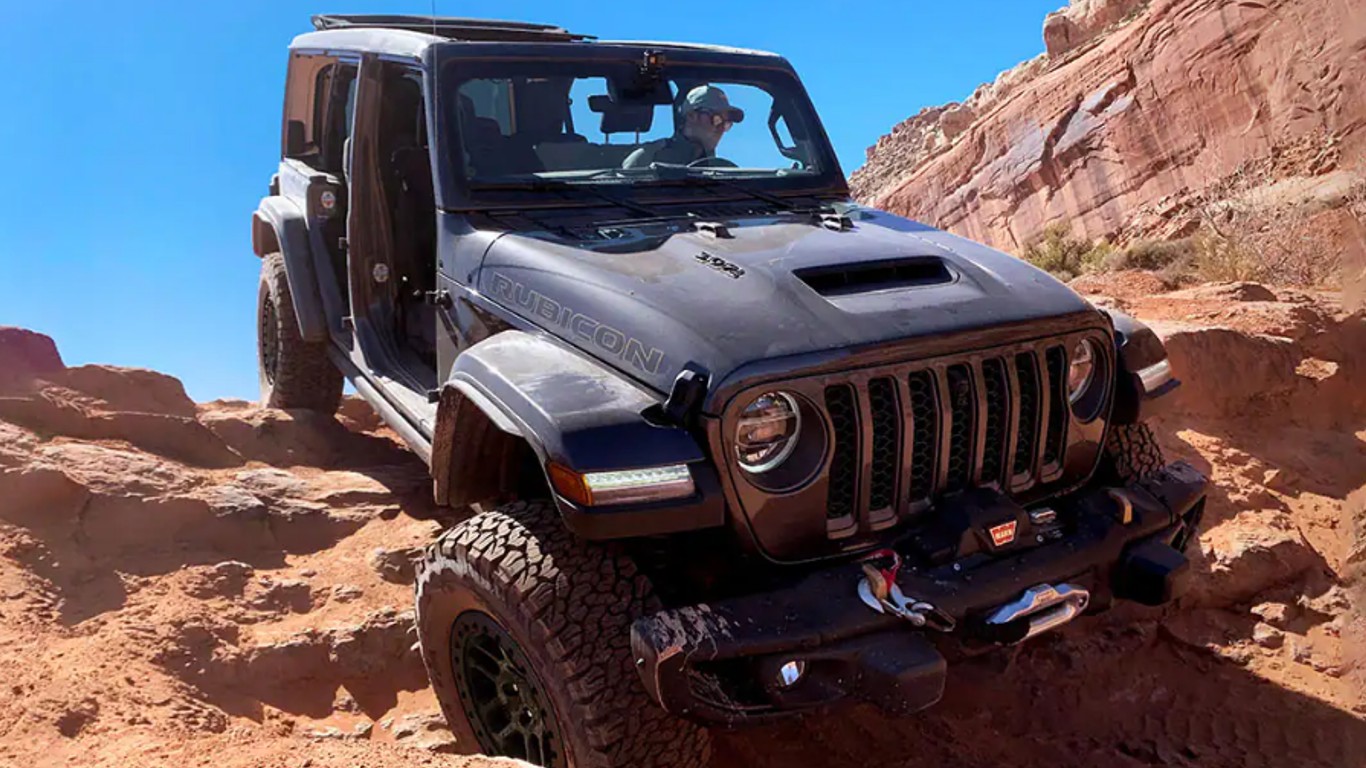
2. Jeep Wrangler
> MSRP: $32,095
> Annual units sold: 181,410 in 2022
> Assembly plant: Toledo, Ohio assembly plant
> Company: Stellantis
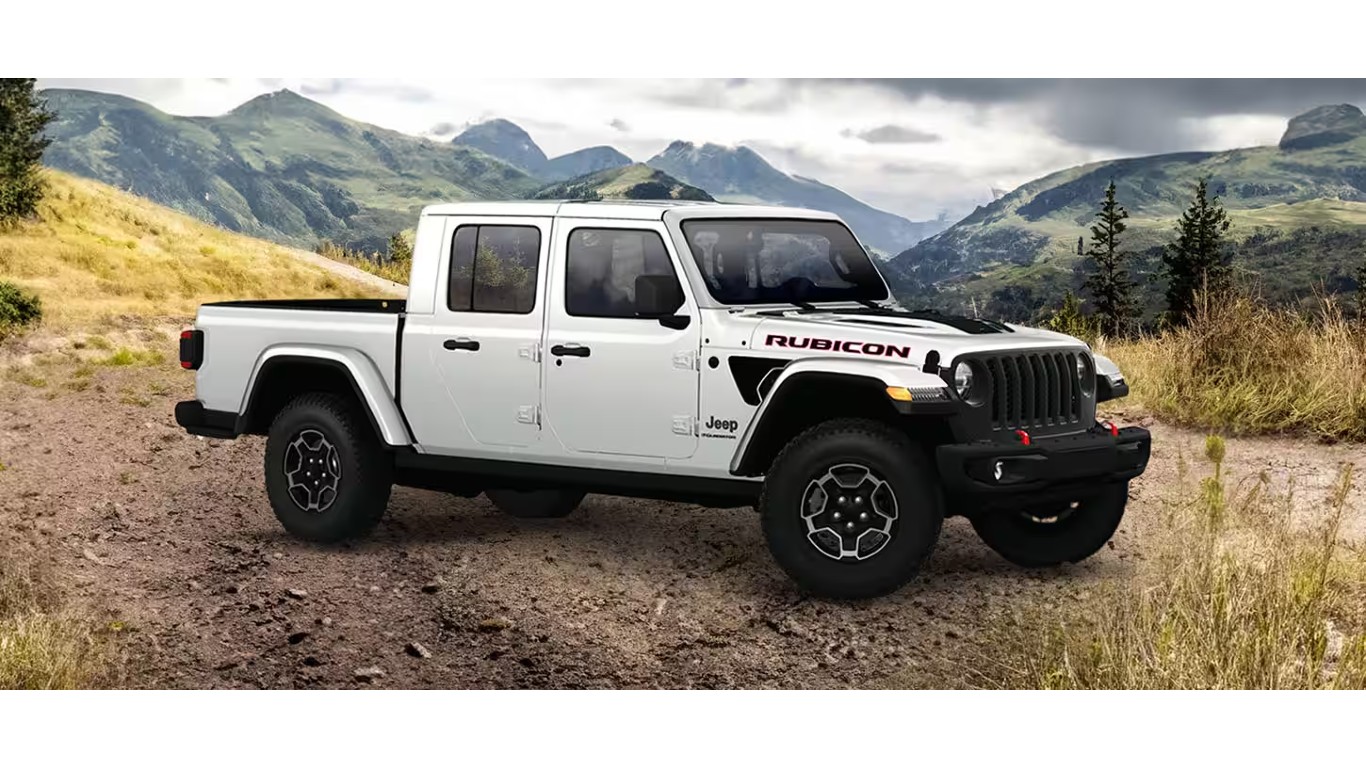
1. Gladiator
> MSRP: $38,775
> Annual units sold: 204,609 in 2021
> Assembly plant: Toledo, Ohio assembly plant
> Company: Stellantis
Retirement planning doesn’t have to feel overwhelming. The key is finding expert guidance—and SmartAsset’s made it easier than ever for you to connect with a vetted financial advisor.
Here’s how it works:
Why wait? Start building the retirement you’ve always dreamed of. Click here to get started today!
Thank you for reading! Have some feedback for us?
Contact the 24/7 Wall St. editorial team.